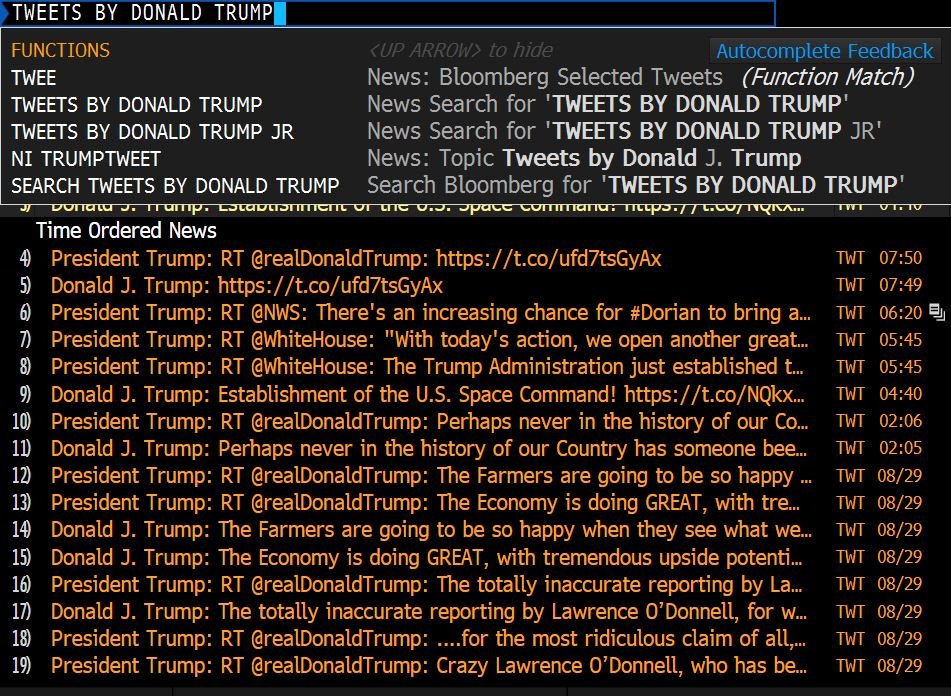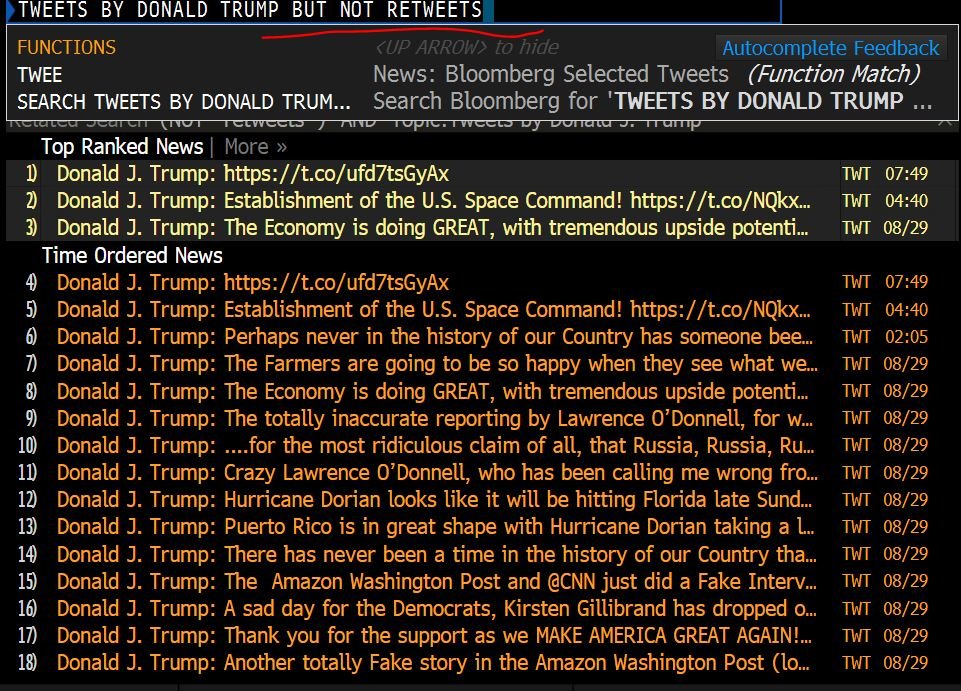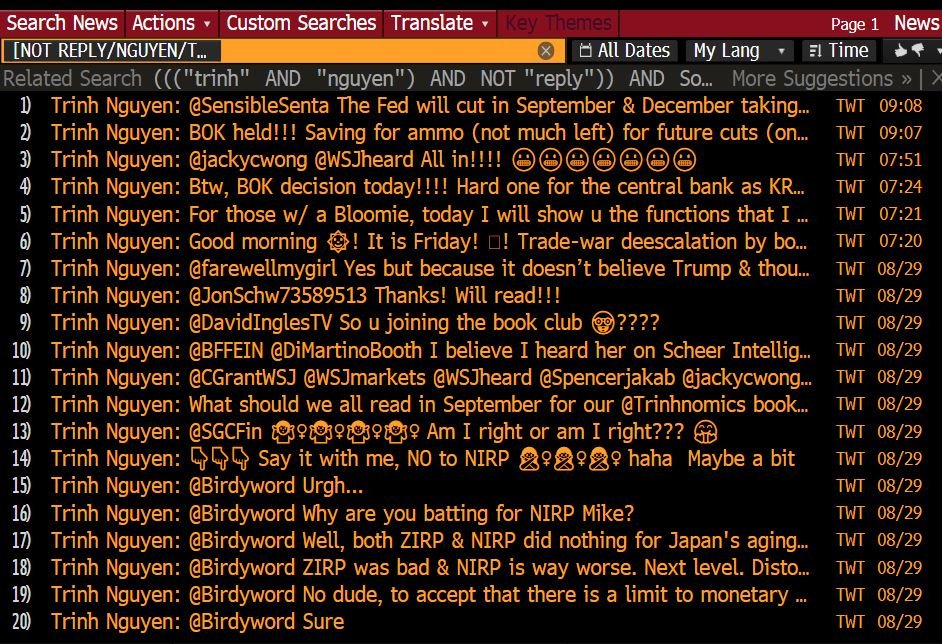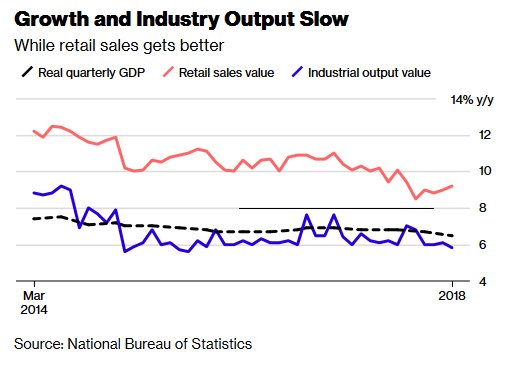🇺🇸US ISM manu 49.1
🇨🇳China at 49.5 for state (somehow Caixin is positive but likely down soon so don't get excited)
🇪🇺EU 47
🇹🇼Taiwan 47.9
🇯🇵Japan 49.2
🇮🇳India 49
🇰🇷South Korea 49
🇲🇾Malaysia 47.4
🇻🇳Vietnam 51.4
🥶
US consumers OK so far👈🏻.
That is key to the regional supply chain etc. Sorry I gotta run. See you on air 👋🏻🤗



















